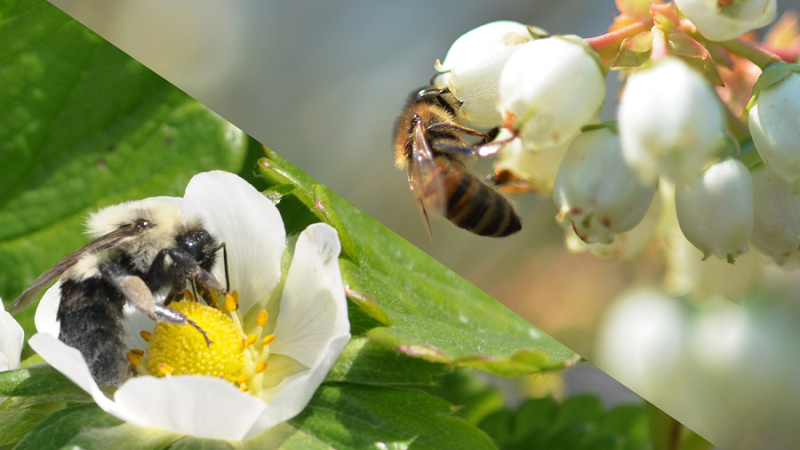Can Artificial Intelligence Outsmart Citrus’ Greatest Enemy?

This machine, powered with the help of artificial intelligence and high-powered cameras, could be the future of citrus psyllid scouting. Photo by Yiannis Ampatzidis
Asian citrus psyllids are small, but they have had a huge impact on global citrus production via spreading the deadly citrus greening disease. A group of scientists in Florida claim to have come up with a new citrus psyllid scouting system that saves growers time and money.
During the last decade since citrus greening was first detected in Florida, local growers have mostly used the “tap sample method” to find and detect psyllids in citrus trees where they strike branches and count psyllids that fall onto a sheet of paper. A new study published in the journal Computers and Electronics in Agriculture points to precision agriculture technology as a way to help improve and enhance this psyllid scouting process.
“We automated the tap sample method utilizing machine vision and artificial intelligence (AI),” said Yiannis Ampatzidis a UF/IFAS Assistant Professor of agricultural and biological engineering, in a prepared news release. “The system could be a great way to automate scouting procedures in citrus and to be extended to other crop insects.”
Ampatzidis led a team of scientists who used equipment to take images of trees, fruit, and the insects in local citrus groves. The AI has the ability to distinguish between psyllids and other insect pests. According to Ampatzidis, the machine consists of a tapping mechanism to strike selected branches and a board with a grid of cameras that take pictures. Then, an AI-based algorithm analyzes the images, detects, counts, and finds the falling adult psyllids.
The study shows from experiments in a grove, psyllids were detected with 90% accuracy.
“The data from each tree can be used to generate maps compatible with precision equipment for variable rate application in order to apply the right amount of pesticides only where needed, and hence, decrease agro-chemical use and expenses, and reduce environmental impact,” he concluded.









